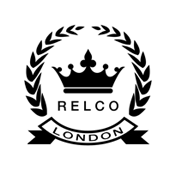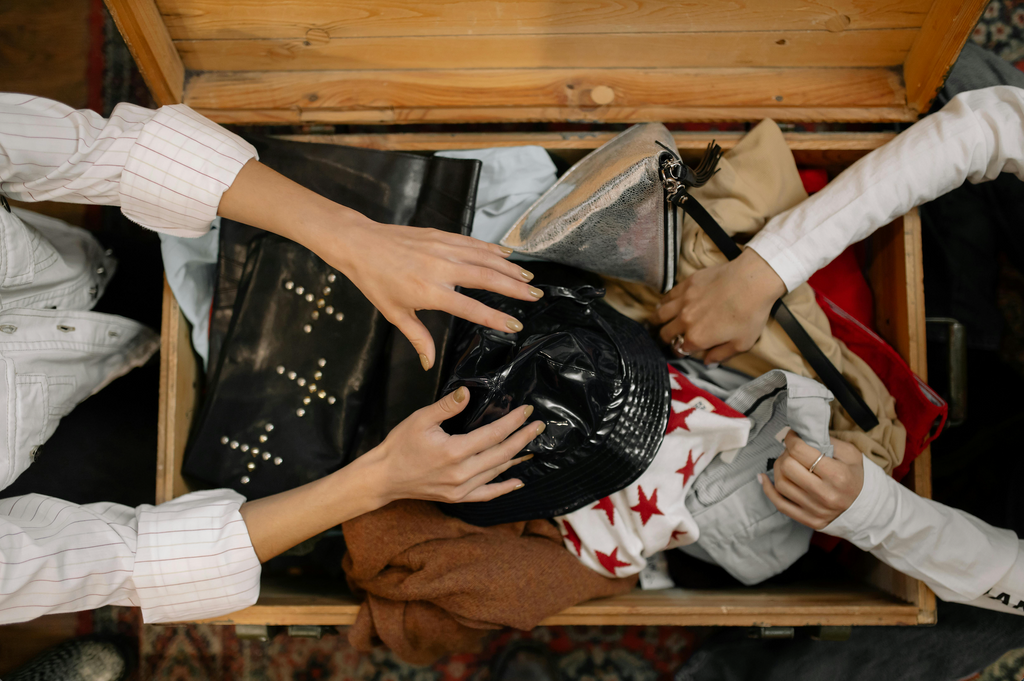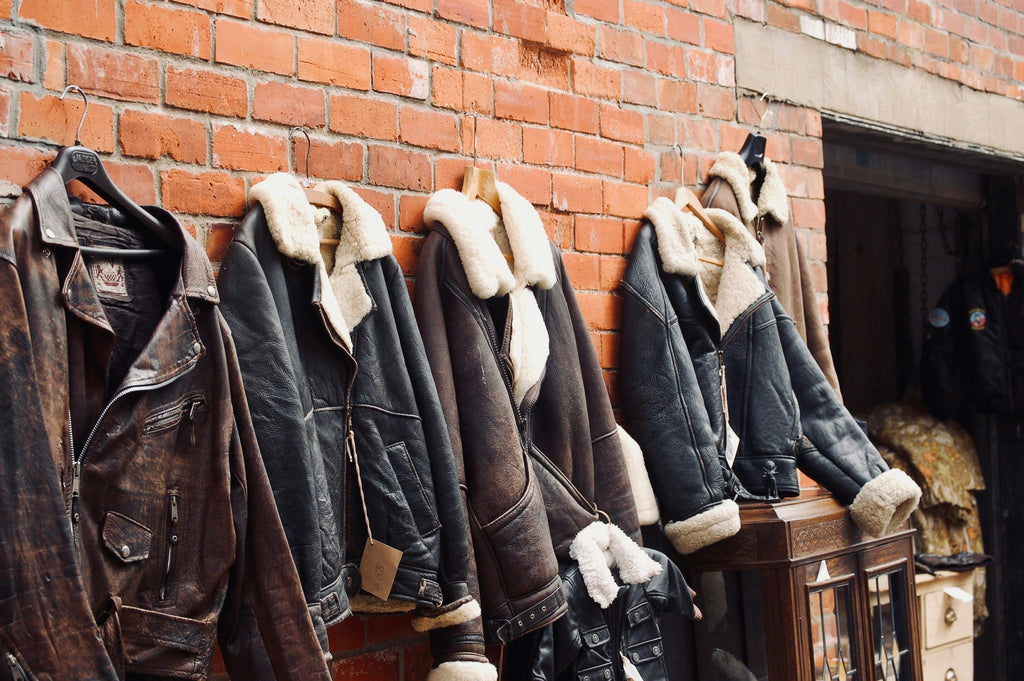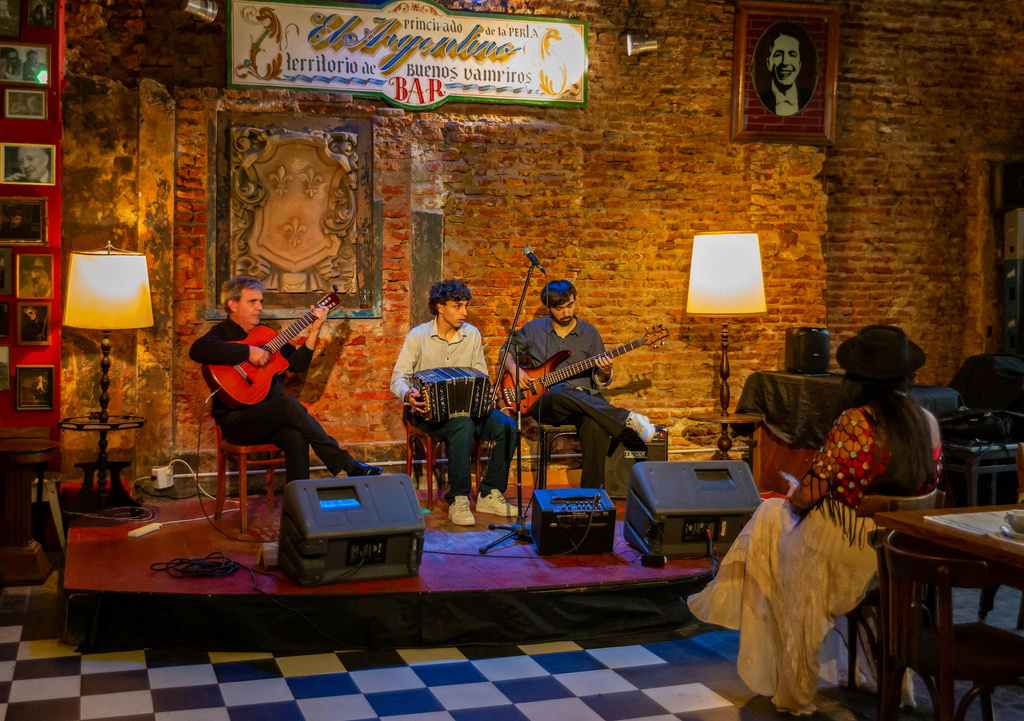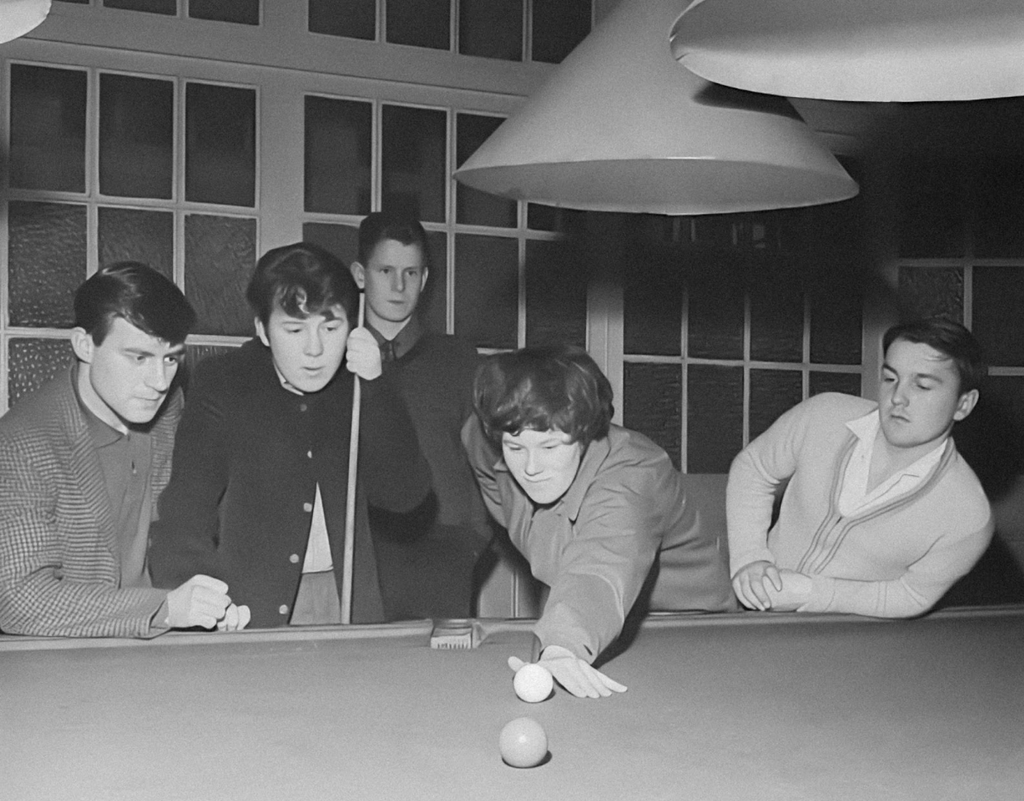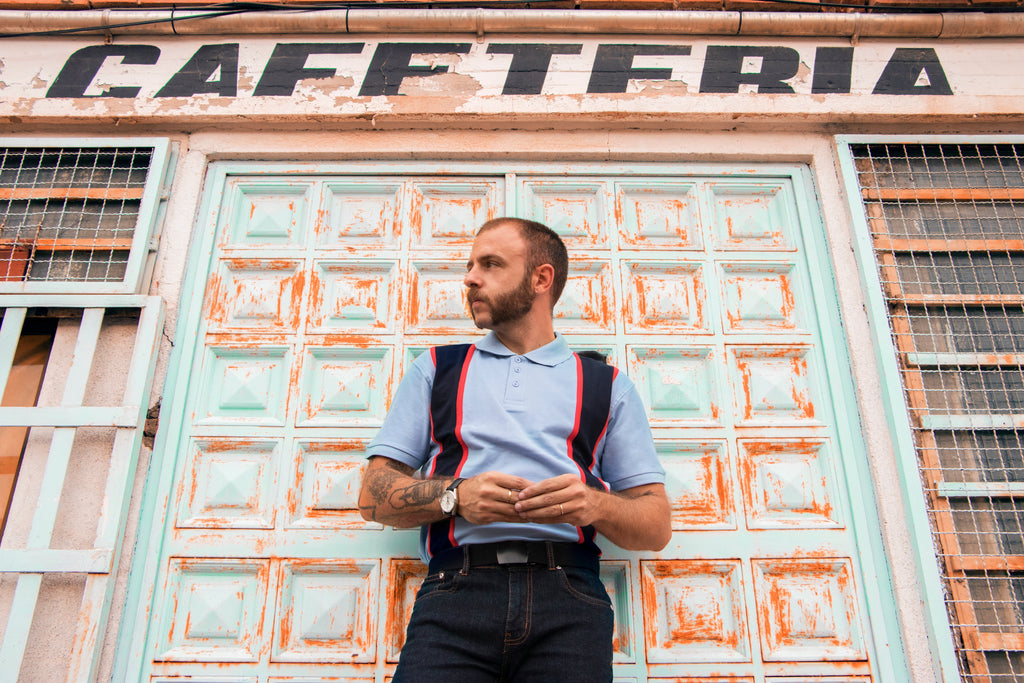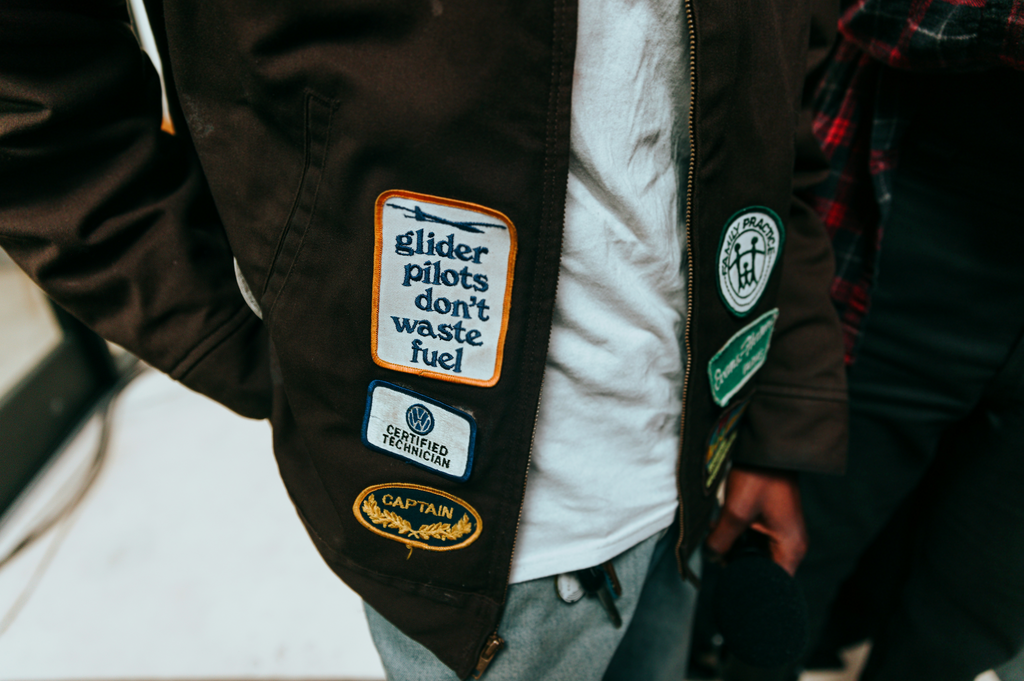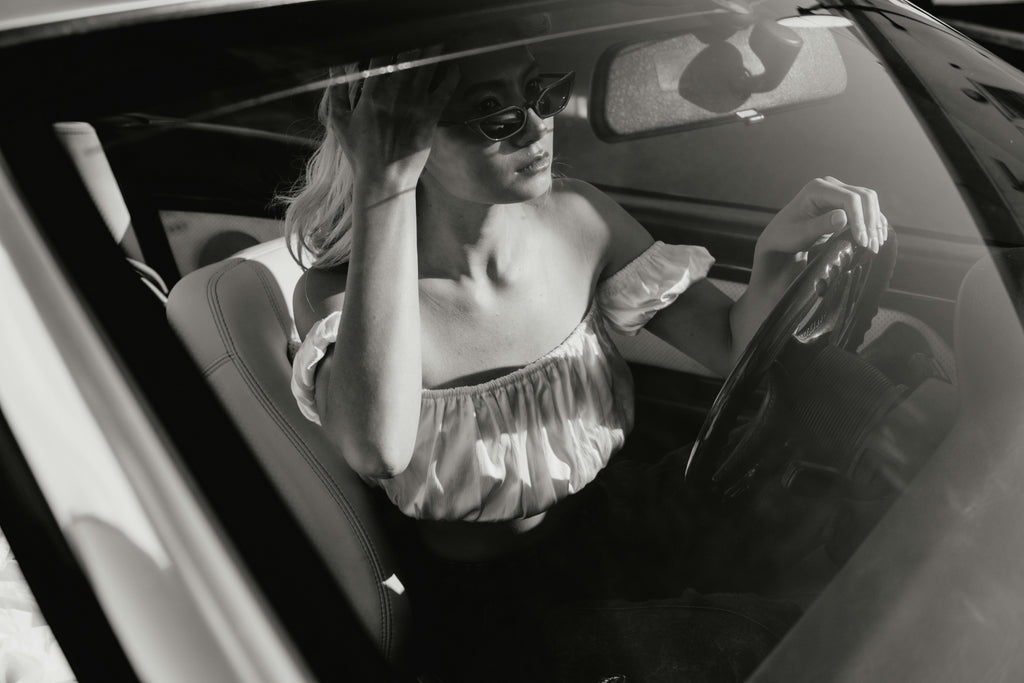Winter Men’s Style Guide: Everything Retro You Need As The Weather Cools Down
It feels so much harder to keep the dapper in winter, right? There are so many layers and muted colours, but some days, it feels like there is too much work to channel your Mod-self. And the cold doesn’t really help with motivation.
And for those of you who are not ready to give up and just go with the flow, you don’t have to hibernate! Retro charm and winter practicality can totally exist together, and it’s much easier than you expect.
So, grab your coat, play your favourite The Who songs and dive into building your new winter retro style.
The Taming of the Layers
Probably the most annoying part of winter styling is layers. We know. But there’s no escaping them, really. Instead, however, you can think of them as the key to your sleek mod look. Because they are! The trick is just to learn how to stay warm without losing shape or drowning in horrendous bulk. We need structure, we need proportions, we need texture.
Here’s the retro code to help you nail these layering tips for winter:
Start with the good old classics: a retro rollneck under a tailored, sharp blazer, and you’re instantly giving off 60s sophistication.
Wanna go more casual? Wear a soft cardigan over a crisp shirt. Now that’s timeless and relaxed. But add a knitted vest or a jumper for a subtle nod to vintage academia.
See how these retro layers do more than just bulk? They build your character.
Devil’s detail: Textures can be a game-changer for your retro look. Choose wool, tweed, and corduroy to give the outfit more depth and authenticity. It’s authentic. It’s nostalgic. And it perfectly captures the retro spirit.
The Art of Outerwear
Every great winter look relies on the right coat. Sure, outerwear has to keep you warm, but it’s also the biggest statement piece you wear. It’s bound to set the tone for your entire outfit, so choosing the right retro-inspired one will be the key to the winter confidence that turns heads wherever you go.
The Pea coat, for example, is one born from naval roots, and it sits great when paired with tailored trousers and dark denim. Your sharp everyday look — absolutely sorted.
The Trench coat, of course, carries its own cinematic flair straight out of the ‘60s and '70s. Clean lines, sleek belt, solid tailoring. What more does outerwear need to be truly timeless? If you want to be the retro mystery figure of the town, choose a trench.
And if you’re really craving that mod sophistication, just lean on the all-time-winner: the wool overcoat. It’s structured, it’s effortlessly refined, it’s the coat-king of winter.
Retro Below the Belt: Winter Trousers for Men
Now, it’s time to take care of the bottom part of the look to complete your winter cool. Retro style is calling for warm wool trousers (high-waisted for the ultimate vintage look) and their mid-century sophistication. With corduroy, however, you will gain flair, texture, and a pinch of ‘70s magic.
And of course, if you still want to be fresh and youthful, denim is always on brand. To keep it retro, though, stick to raw denim with a vintage wash.
Devil’s detail: Proportions matter a lot. To really hit the nail on the head, you need to balance the wider trouser silhouettes with structured or fitted layers on top. And whenever you can, choose good tailoring. When the trousers fit like a glove, the outfit is unbeatable.
Footwear: Step Into Winter Cool
Shoes may feel like a detail, but the devil sure lingers in there. The pair can either make or break your outfit. The classic styles rooted in retro aesthetics that won’t let you down in the chill include:
- Chelsea boots — walk with the ‘60s on your feet. These are ideal for slim trousers and denim.
- Brogues and Derbies — the smart, structured option for retro work look and evenings out.
- Work bots mad moc-toes — the casual, rugged character that will keep you warm and protected.
All of these options can elevate your retro style with a touch of retro charm. However, don’t forget the function. If you want your shoes to stay cool for longer, you need to maintain them against wet and icy conditions with regular care. Polish the leather, brush the suede, and apply water-resistant treatments to keep them looking sharp all season long.
The Details in Men’s Winter Wear Fashion
Small but deadly cool. That’s what defines a good accessory. Wool scarves, a classic watch, leather gloves, and belts… Each injects you with sophistication and speaks of impeccable, timeless taste to anyone who has the capacity to see it.
Even in the depths of winter, these details matter. When you combine them carefully, they complete your look with an exclamation mark.
Colour and Texture: A Style You Can Feel
It’s not only about how you wear something, though. How it feels and looks together is equally important. Winter retro style thrives on rich, earthy tones, deep jewel hues, and vintage neutrals. Trust this palette you can rely on to channel the classic mod look. When you pair them, think like a designer, keep things grounded in neutrals, then add the vibrant pops of vintage colour.
And then comes in texture. Don’t run away from combining wool, suede, leather, and knit. It’s fun, it will keep you warm, and the visual interest will be unmatched. Nothing speaks impeccable taste than a tweed blazer over a knitted jumper, paired with vintage trousers. Now that’s some tactile dapper.
Stay Sharp to the Last Stitch
As you can see, all it takes to continue looking your best in winter is simply having the right pieces at hand and trusting that your inner mod knows how to pull them off.
So come on, dress up, and step out in the chill with confidence. Once again, you got it.
